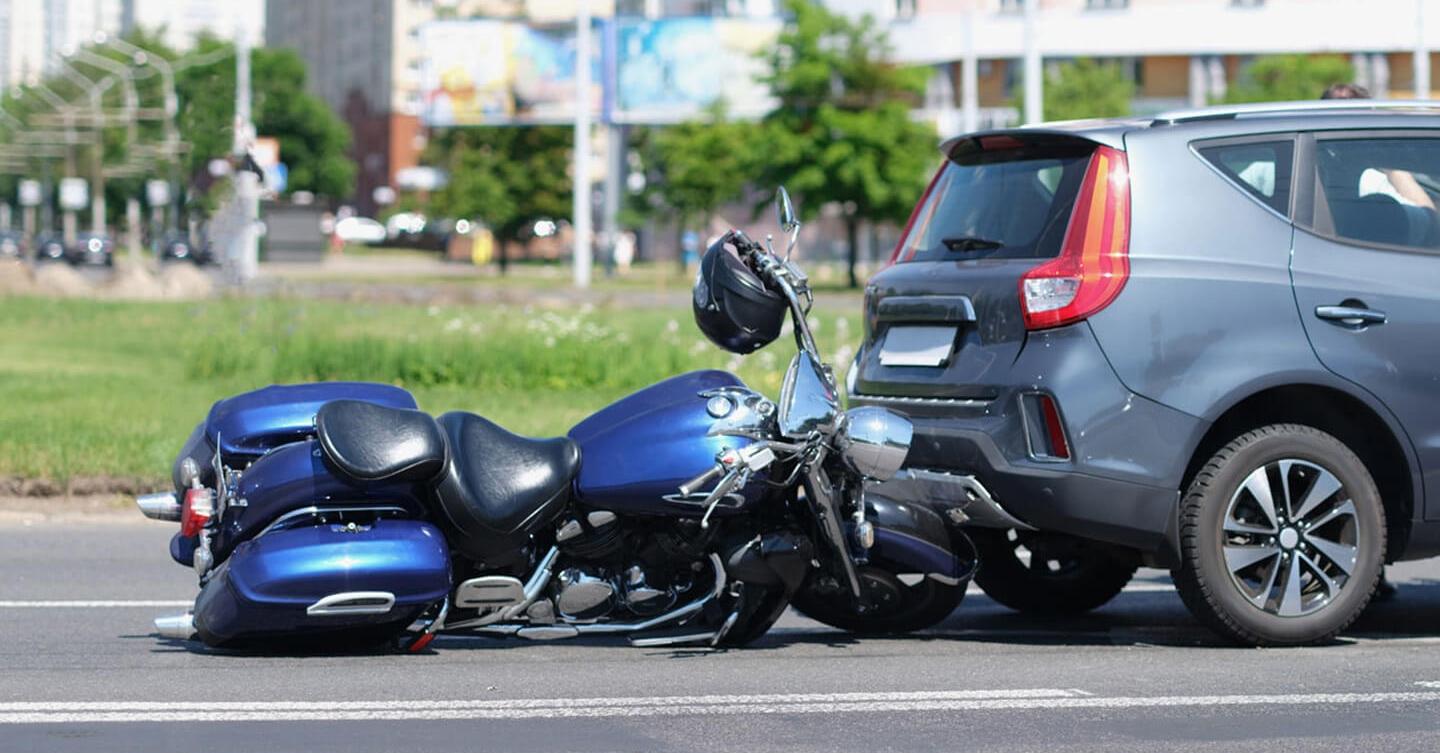Riding a motorcycle is an exhilarating experience that demands unique skills and heightened awareness. Defensive riding is a proactive approach beyond mastering the mechanics of motorcycle operating; it involves anticipating and responding to potential hazards to prevent accidents.
Working with a Mineola motorcycle accident attorney is essential to navigate the legal complexities surrounding your case, ensuring you understand your rights and options. They can help determine liability, negotiate with insurance companies to maximize compensation, and provide expert guidance through legal processes, allowing you to focus on recovery while protecting your legal interests. A skilled attorney’s expertise in motorcycle laws and access to accident reconstruction experts can significantly strengthen your case, increasing the likelihood of a favorable outcome.
In this blog, we’ll explore the key principles of defensive riding and how it plays a vital role in keeping motorcyclists safe on the road:
Constant Vigilance
Defensive riding starts with a heightened state of awareness. Always be alert to your surroundings, scanning the road for dangers such as erratic drivers, pedestrians, and unexpected road conditions. Maintaining a 360-degree awareness is crucial for anticipating and reacting to potential threats.
Maintaining Safe Following Distances
Tailgating is a recipe for disaster on a motorcycle. By keeping a safe following distance, you provide yourself with the time and space needed to react to sudden stops or maneuvers by other vehicles. Remember the “two-second rule” as a minimum guideline for maintaining distance.
Positioning for Visibility
Ensure that you position your motorcycle to maximize your visibility to other road users. Stay out of blind spots, use mirrors effectively, and position yourself where drivers can easily see you, reducing the likelihood of being involved in a collision.
Anticipating the Actions of Other
Defensive riding involves predicting the behavior of other road users. Pay attention to turn signals, brake lights, and subtle cues indicating a driver’s intentions. Anticipating potential hazards allows you to take proactive measures to avoid dangerous situations.
Adapting to Changing Conditions
Weather, road conditions, and traffic are dynamic factors that require constant adaptation. Defensive riders adjust their speed, following distance, and overall riding style based on the current environment. This adaptability is crucial for staying safe in diverse conditions.
Using Protective Gear
Defensive riding extends beyond strategic maneuvers; it includes proactive measures to protect yourself in the event of an accident. Always wear appropriate protective gear, including helmets, gloves, jackets, and durable pants. Proper gear can significantly reduce the severity of injuries in a crash.
Continuous Training and Skill Development
Defensive riding is a skill that can be honed and improved over time. Participate in advanced rider training courses to enhance your skills, learn new techniques, and stay updated on the latest safety practices. Continuous training helps riders stay sharp and adept at handling various situations.
Avoiding Distractions
Distracted riding is a major contributor to motorcycle accidents. Defensive riders eliminate distractions such as using mobile devices, adjusting gadgets, or engaging in activities that divert attention from the road. Staying focused on the task at hand is paramount for safety.
Defensive riding is not just a set of skills; it’s a mindset that prioritizes safety and anticipates potential dangers. By adopting a defensive riding approach, motorcyclists can significantly reduce the risk of accidents and enjoy a safer and more fulfilling riding experience. Remember, mastering the road requires control over your motorcycle and a keen understanding of the dynamic and sometimes unpredictable nature of the traffic environment. Stay safe out there!

